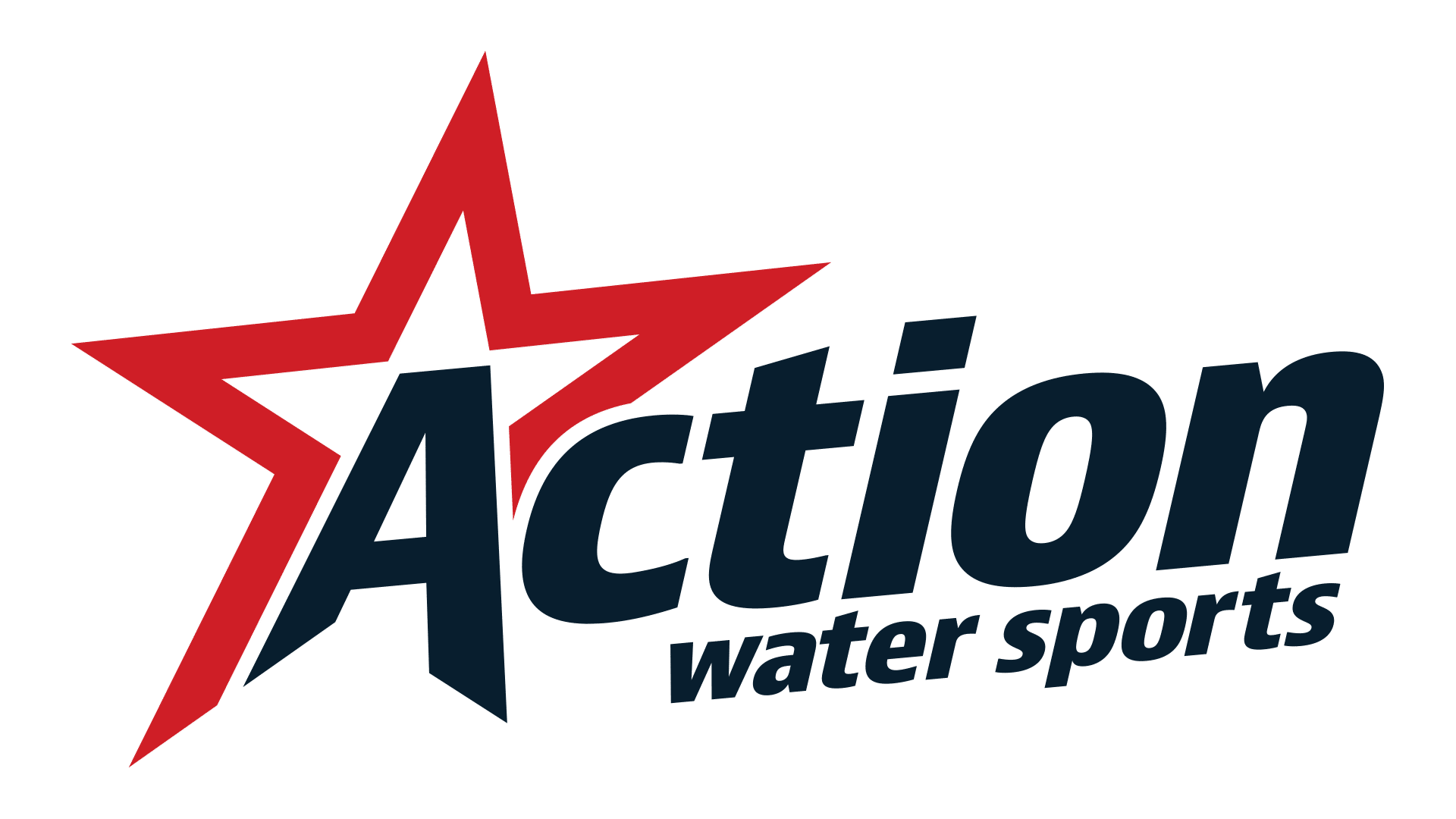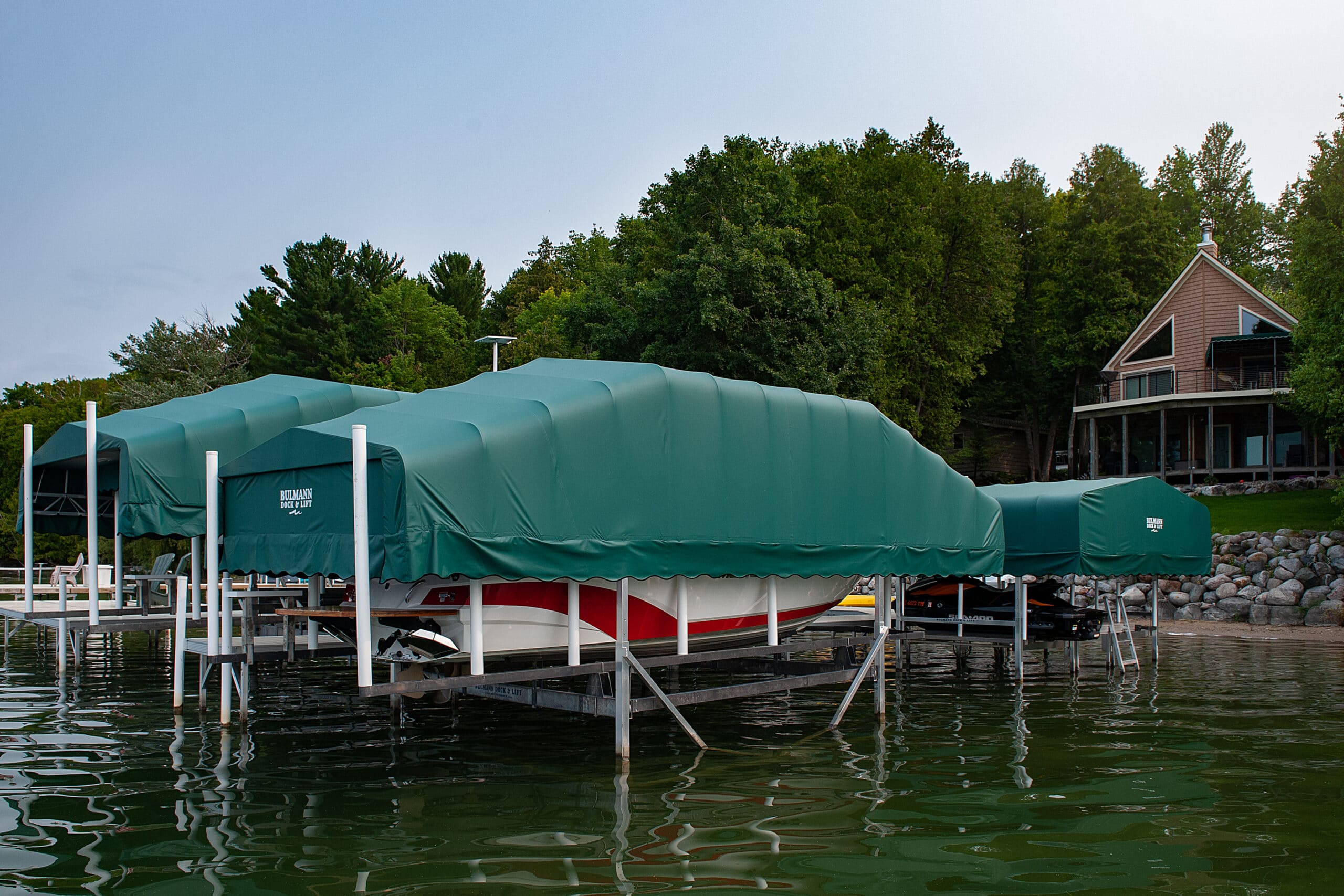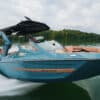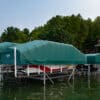Matching your boat and dock with the perfect lift is important. Learn how to choose the right option for you here.
If you’ve read our post, Do I Need a Boat Lift for My Boat?, you know the why behind boat lifts. They protect your hull, reduce wear, and make your life easier on the water. But choosing which lift is right for your setup can feel overwhelming. In this guide, we’ll walk you through every factor you should consider so you pick the lift that fits your boat, your waterfront, and your lifestyle.
Why Choosing the Right Lift Matters
A boat lift is not just an accessory, it’s a long-term investment in your boat and waterfront. The wrong lift can lead to:
- Damage to your hull, pontoons, or motor
- Excessive wear on cables, pulleys, or structural parts
- Operational headaches (hard to raise/lower, poorly aligned)
- Higher maintenance costs or even failure
- Less usable water clearance, limiting your boating flexibility
When you match your lift to your environment and boat, you get a setup that works smoothly season after season.
Step 1: Start with Your Boat’s Specs
Your lift must accommodate your boat’s real-world weight, dimensions, and hull type. Be precise, because under-spec’ing your lift is a risk not worth taking.
Spec |
Why It Matters |
What to Do |
Weight (with fuel, gear, people) |
Lifts are rated for a maximum load. If the lift is undersized, both lift and boat suffer. | Check manufacturer’s spec sheet. Add ~10–15% margin for added weights. |
Length & Beam |
Determines how wide the cradle or bunks must be. | Measure your beam at the widest point. |
Hull Type (V-hull, pontoon, tri-toon, jet boat, etc.) |
Different hulls require different support systems (bunks vs. cradle vs. toons kits). | Use the hull classification as a guide when selecting lift models. |
Pro tip: Whenever possible, size up rather than down. It gives you margin for future changes or upgrades.
Step 2: Evaluate Your Waterfront Conditions
Your lake, river, or shoreline has unique traits and understanding those traits is crucial to picking the correct boat lift.
- Water depth & fluctuations
If water level changes significantly, or your site has deep water out front, you may need a lift that works beyond shallow depths or that can adapt to variation. - Lake bottom / substrate
Sandy vs. rocky vs. soft muck – this affects how you anchor footings or drive pilings. - Wave & wind exposure
If your dock faces prevailing winds or wakes, your lift will need sturdier anchoring and possibly protective add-ons. - Shoreline slope / drop-off
How far it is from your dock to proper depth, and how steep the underwater slope is, influences lift type and reach.
By matching your lift to these conditions, you avoid mismatches like a lift that doesn’t reach deep enough or one that’s overkill in calm, shallow water.
Step 3: Choose the Lift Type
There’s no one-size-fits-all for boat lifts. These are the main lift types you’ll consider. Below is a breakdown of each, with pros, cons, and ideal use cases.
Cantilever Lifts
- Pros: Simple, reliable, low maintenance
- Cons: Limited vertical lift (stern may stay in water), less ideal in heavy wave/wind
- Best For: Inland lakes, calm water, smaller boats
Vertical Lifts
- Pros: More vertical lift, good for fluctuating water levels
- Cons: Mechanically more complex
- Best For: Waterways where elevation change is common
Hydraulic Lifts
- Pros: Fast, quiet, push-button operation
- Cons: More expensive, more complex parts
- Best For: Premium setups, larger or heavier boats
Floating Lifts
- Pros: No submerged structure, works in deeper water
- Cons: Less stable in current or strong wind
- Best For: Deep water marinas, slip installations
(This classification aligns with what we cover in “Do I Need a Boat Lift?” — check that for more on 4-post, elevator, hydraulic, cantilever, and floating options.)
When comparing models, always look at how high above water the lift will take your boat. Some designs simply can’t raise your craft far enough to clear wakes or debris.
Step 4: Match Lift to Your Boat Type
What kind of boat you have largely drives what features your lift needs.
- Pontoon & tri-toon — wide, flat; use broad bunks and possibly specialty kits.
- Wake / ski / inboard — deeper draft, more weight, need more support under motors.
- Bowrider, runabout, fishing boats — lighter, simpler hulls; a standard lift may suffice.
- Jet boats / personal watercraft — may need lower bunks or special cradle design.
When in doubt, consult with experts who understand your boat’s hull. We’re always here to help you find the perfect set up for your boat.
Step 5: Add Accessories & Features
The base lift is just the start. These add-ons can dramatically improve usability and protection:
- Canopies / covers — shields from UV, rain, debris
- Guides & centering aids — simplify docking when wind or current push you
- Electric motor / remote kits — for powered raising/lowering
- Dock integration / walkovers — ease of access from dock to boat
- Lighting, bumpers, bump rails, etc.
Each accessory should be evaluated for cost vs. benefit, but many pay off in daily convenience.
Step 6: Installation & Maintenance
A lift properly installed will last far longer. Mistakes here can cause major problems later on for you.
Installation Tips
- A pre-site inspection is critical (shoreline, depth, footing).
- Secure anchoring (footings, pilings, or driven anchors).
- Precise alignment (so the boat sits level).
- Test operation under load before leaving the site.
You can read more in our post How to Find Dock and Lift Installation Services Near Me — we walk through what to expect, how to vet providers, timing, and the installation process.
Maintenance Basics
- Inspect cables, pulleys, fasteners annually
- Lubricate moving parts
- Winterize (raise fully, cover, secure)
- Monitor for corrosion, alignment shift, or wear
Why Choose Action Water Sports for Your Lift
You want a partner, not just a seller. Here’s where we bring value:
- Local, personalized guidance — we help you pick the right lift for your boat + waterfront
- Full-service team — sales, installation, seasonal removal, repairs
- Premium brands & parts — built for durability, not shortcuts
- Support you can rely on — we don’t disappear after install day
Plus, if you’re already exploring our blog, you can link internally to “Do I Need a Boat Lift?” and “How to Find Dock and Lift Installation Services Near Me” to foster deeper reader engagement.
What are the Next Steps
Are you ready to find the perfect boat lift for your boat and dock? Follow these steps.
- Gather your boat’s specs (weight, length, hull type)
- Take some key measurements on your dock and waterfront
- Talk with our lift specialists to compare models
- Schedule your installation early to lock in your spot
Let’s get your lift dialed in right the first time. Contact your nearest Action Water Sports location, and we’ll guide you through the process from start to finish. Give your local Action Water Sports a call to learn about our dock and lift services.
